
Chewing Gum
-
Content Count
705 -
Joined
-
Last visited
-
Days Won
4
Content Type
Profiles
Media Demo
Forums
Gallery
Calendar
Store
Posts posted by Chewing Gum
-
-
Cav keels were drilled holes for the bolts with slots melted out with gas axe for bottom nuts and washers. Pretty sure bolts are monel and very unlikely to fail. Peter Smith at Rocna can confirm and would be worth contacting.
-
-
-
This is excellent:
-
 1
1
-
-
-
-
-
-
-
This is interesting to follow - started 2 weeks ago. Graham Dalton was an entrant but had to withdraw at the last minute.
https://goldengloberace.com/news/
https://www.facebook.com/goldengloberace/
https://goldengloberace.com/live-tracker/
-
Deck / hull joint is epoxy and stainless bolts under the teak toe rail. The deck has an upturned lip to meet the hull. The lip has the bolts through it.
Long time ago but something like 1/4in machine screws at say 150 centres.
The toe rail covers the bolts and is constructed of three pieces of teak. One piece on the deck lip, one piece on the hull and a thicker capping piece on the top.The deck and hull are also bonded together inside the boat with approximately 400 wide chopped strand mat and polyester.
-
We built Confererate from hull and decks and installed a Yanmar single cylinder YSE12 12hp with a briski folding prop. it was useless upwind in a breeze - only do about 3knots in those conditions. Really needed around 15 - 20 hp. I guess fixed prop may have been better but sailing performance would have suffered.
-
Most of them were the shorter rig to fit the half ton rating. Definitely underpowered in the light but it did make them very good upwind in a breeze.
Our boat - Confederate also did a circumnavigation with a later owner.
-
I used that pourable sika product, can't remember the name and it worked for a while then started leaking so I slightly thickened some epoxy and poured on top - that worked. I think the sika didn't get right around the back of the cable tube.
-
-
-
-
Been in and out of Westport in a Lidgard Regardless drawing 2.1m at low water no problem. But it was a calm couple of days and no recent rain . The dredge was still operating then. Not sure if it still does. We called the harbour master for advice before entering.
-
 1
1
-
-
1 hour ago, Steve Pope said:
At least you got in and out of the Kaipara and around NZ before the "official" mission creep got stuck in. Good memories i'm sure.
Yes absolutely Steve, great memories and did another month long cruise in the Kaipara last year which we really enjoyed. Costs of boat ownership weren't the major reason for for selling, it was more reducing use made it hard to justify. All the same the way we are sucked dry these days is pretty annoying and not just in the boating game.
-
1 hour ago, Steve Pope said:
Grid use appear to be banned around NZ except for a very light rub with a sponge, Whatever is attached to the hull must be removed and captured to a sludge tank.
I wonder if any of the folk proposing and enforcing this sort of official behaviour have ever watched a mussel harvester in action, the amount of mud, marine debris, fan worms (perhaps) etc. etc. that are gushing off the harvester back into the sea are exactly the same as could be hanging off the bottom of any yacht on the grid, With perhaps a smidgen of antifoul that might be removed in the cleaning process. Given that the dumbed down properties of antifoul available today is the reason you are on the grid in the first place, would generally have bugger all effect on the flora and fauna no matter where the grid is.
Oh also, the very wise Northland Regional Council (NRC.) will be diving on any and perhaps all vessels in the Kaipara harbour over the coming summer. Done by an in-house "team"?? up for open tender?? who knows.
Their (NRC's) "new castle" is being built in Dargaville, ostensibly to house the 2 NRC workers who had to travel from Whangarei each day. ( and they probably still will as that is obviously where they live). Funded by long suffering Northland ratepayers, who were never asked. this is a council that expressed itself as open and transparent, I was therefore quite surprised that when I asked a question re the above process, I was told I would have to go through the Official information act, open, transparent, I don't think so!!
Pretty annoying all of that and one of the reasons we have sold our boat after 18 years, the costs keep going up and up with little justification. A real shame what these leeches are doing to destroy a great Kiwi tradition.
-
 1
1
-
-
Bruce Elliott put me onto modified silicon years ago (same as Quilosa). A very good sealant.
You can buy it from Placemakers and possibly other hardware stores. Come in a variety of colours. I use it for pretty well any sealant application as it can be disassembled unlike some of the other polyurethane type sealants without wrecking things.
It used to be called Fosroc MS but now is Sikaflex MS.

-
 1
1
-
-
Nothing wrong with Leisurefurl but as Chippie says forget the furling line. Bounce the halyard at the mast with someone tailing and into wind on autopilot and the sail goes up real quick.
If you had an electric winch I guess you could easily do it single handed.
Same with furling or reefing use a winch handle in the drum at the front of the mast with someone controlling the halyard - the sail comes down super quick. (remove the furling line completely as it just makes the whole process too slow).
You do need to be into wind.
With the full length battens it is a very good system, way better I think than the in mast furling.
-
3 hours ago, Fish said:
This is brilliant. The exact kind of carrying on I expect from a good America's Cup.
I can't tell if the leakers are actually whistle blowers though... Can't wait to read the book.
Yep usual America’s Cup. Kept me fascinated with all the shenanigans ever since Baron Bich
-
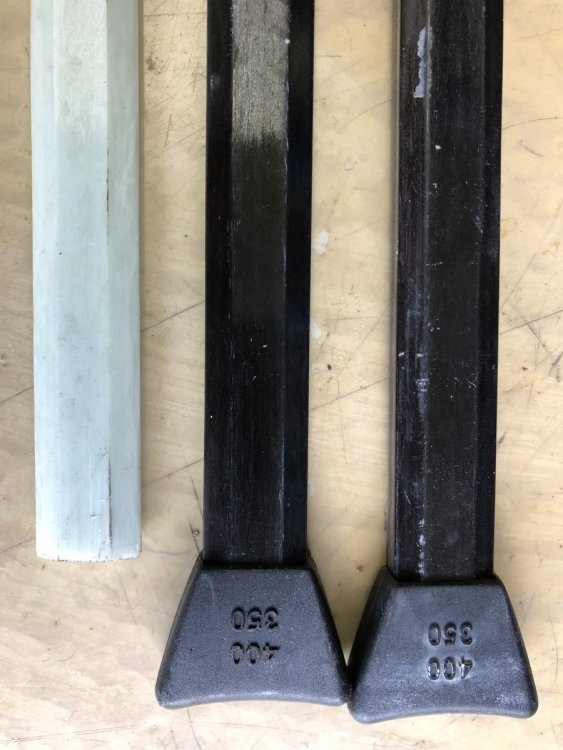
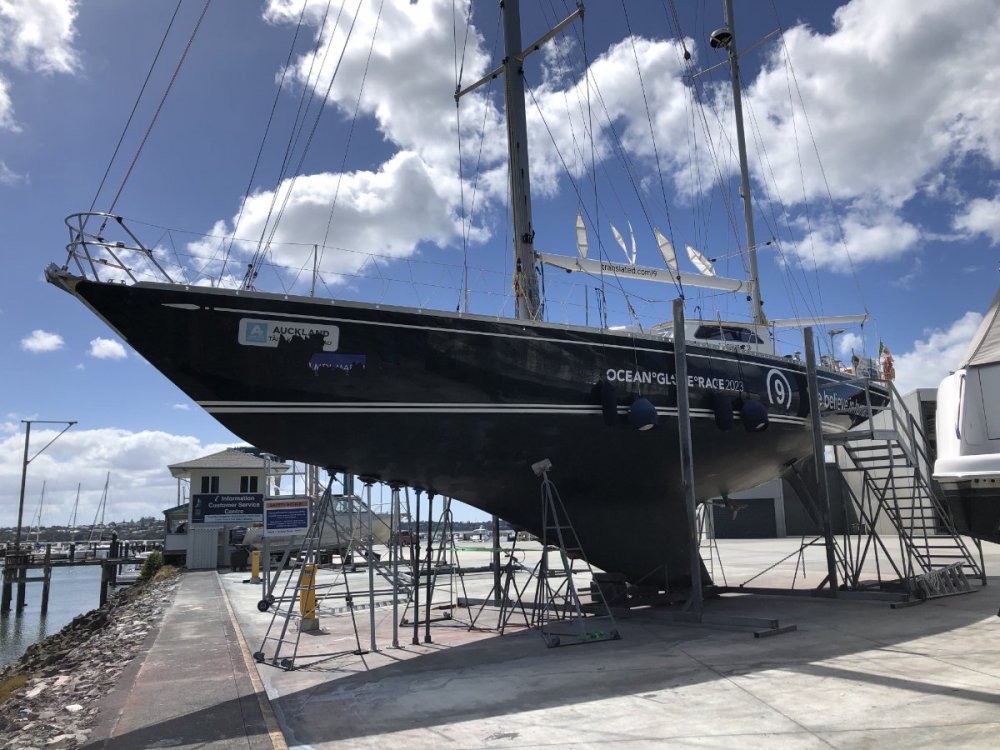
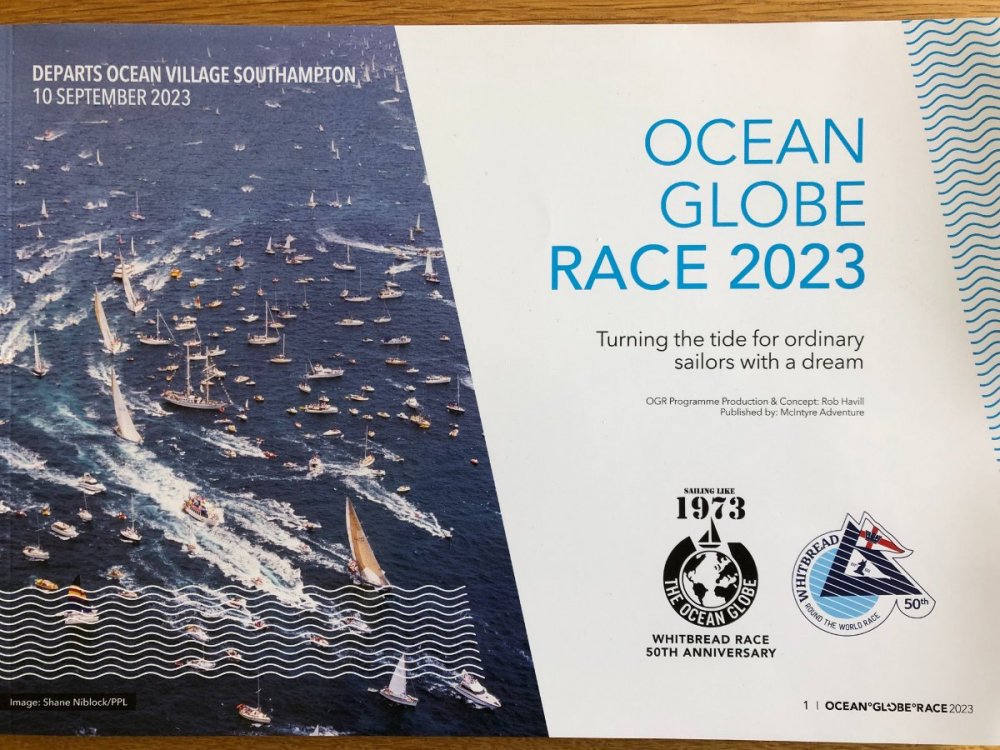
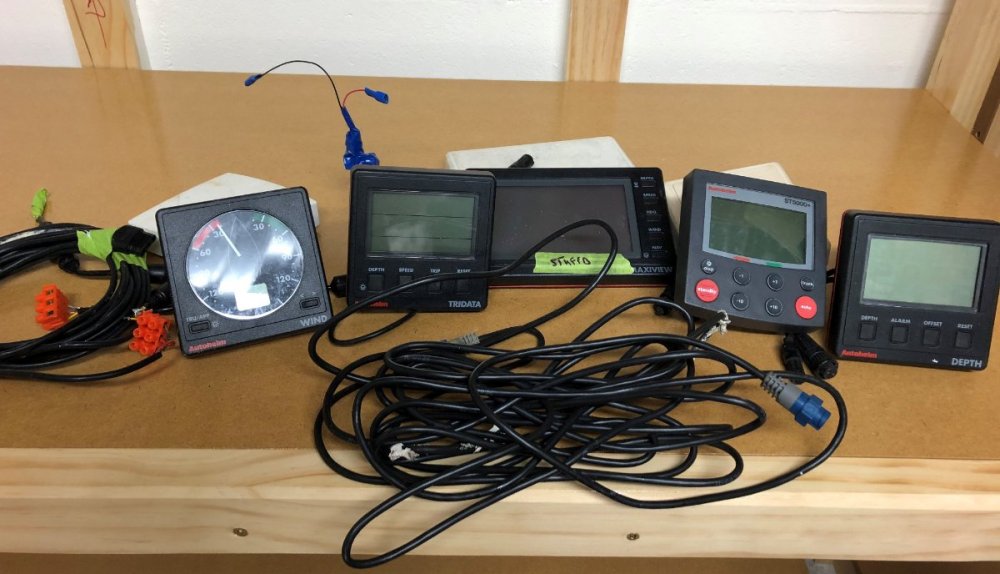
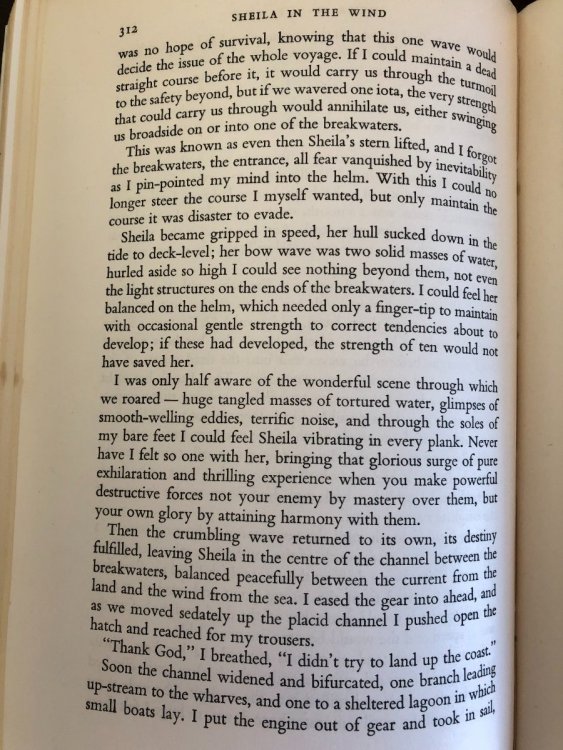
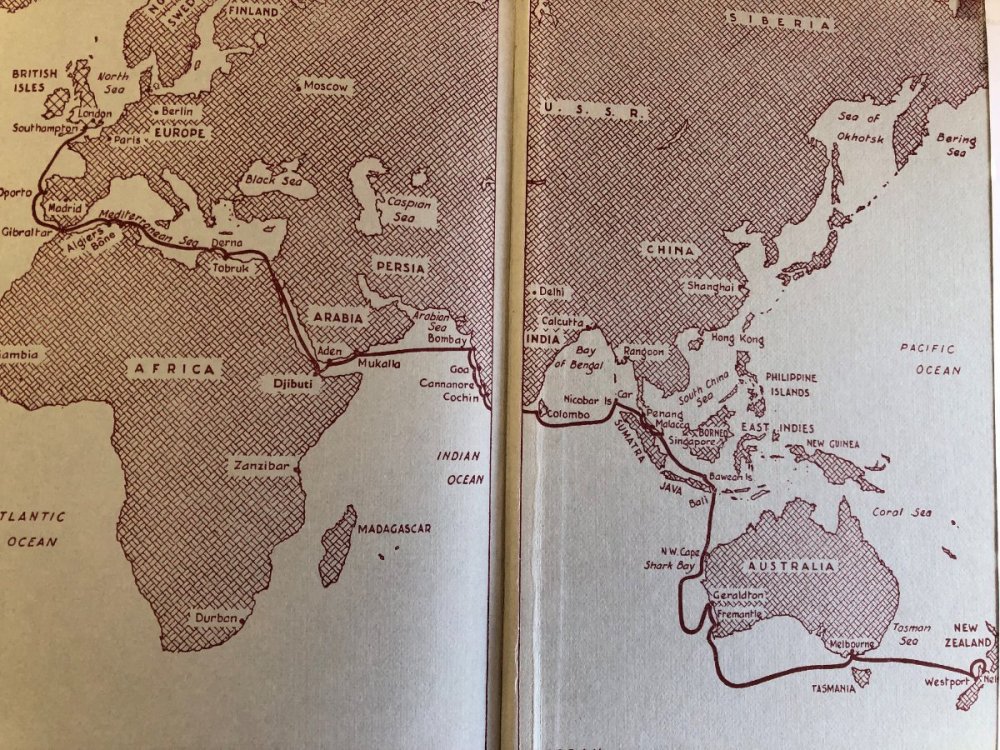
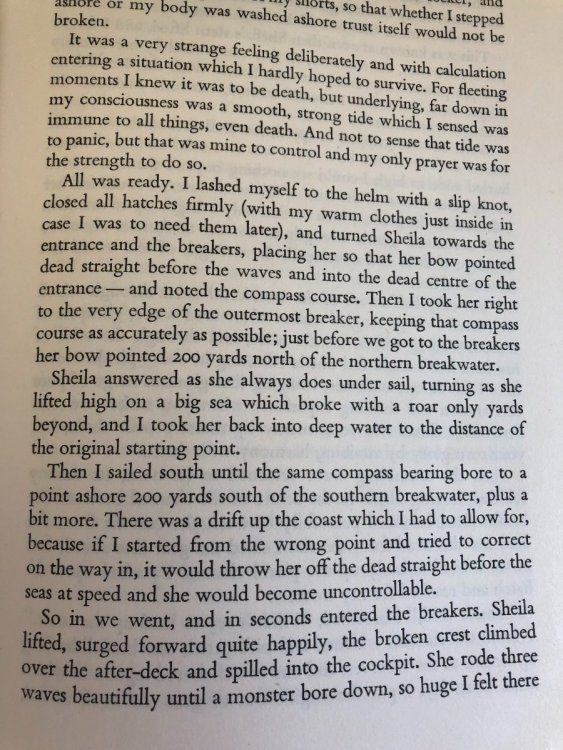


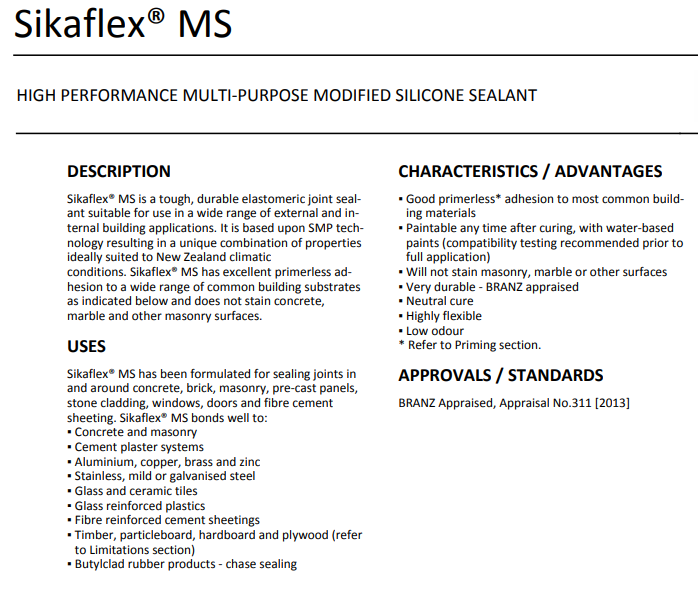
Rot in Bilge twin skin Kauri
in TechTalk
Posted
You could try Grant Barker he is an excellent boat builder 021 270 17672